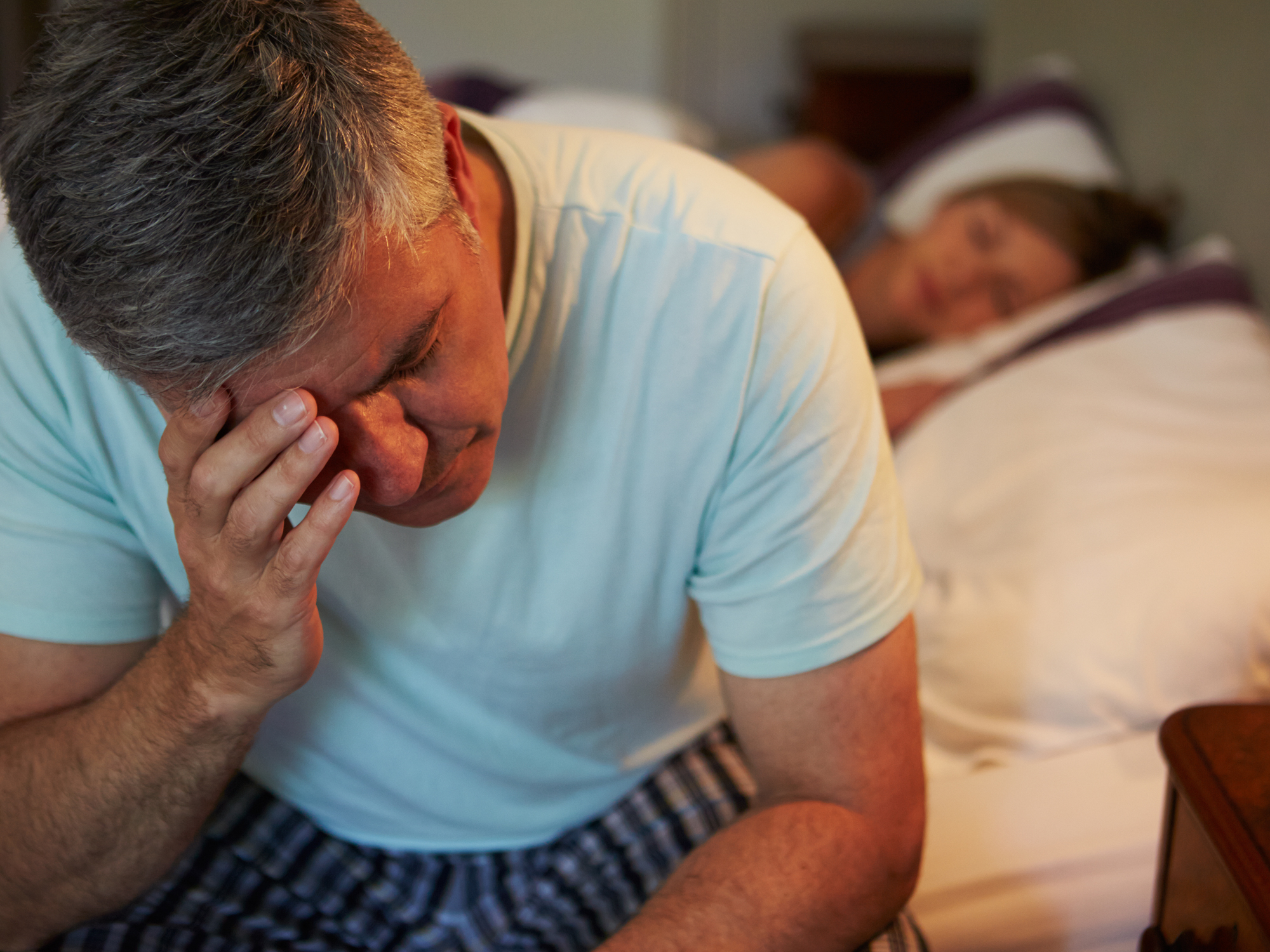Get Easy Health Digest™ in your inbox and don’t miss a thing when you subscribe today. Plus, get the free bonus report, Mother Nature’s Tips, Tricks and Remedies for Cholesterol, Blood Pressure & Blood Sugar as my way of saying welcome to the community!
This is what a good night’s sleep sounds like

Getting deep, restful sleep is every bit as critical to your health as eating the right foods and exercising. But too many things conspire to rob us of that peaceful sleep we crave.
Stress, irregular bedtimes, and too much light in your bedroom can keep you awake and restless through the wee hours, waking up foggy and far from ready to meet the day.
Getting older is one of the sleep-stealers we can’t control. As we age, it can become more difficult to fall asleep, stay asleep, and to sleep well.
The bad news: this age-related decline in sleep quality also steals our ability to hold onto our memories.
That’s why we’re excited about some recent research pointing to a simple, inexpensive, drug-free sleep aid that can help keep those precious memories intact.
But first, let’s understand why sleep is essential to remembering.
Memories are made at night
Research tells us that our memories are consolidated and stored during periods of deep sleep, also called slow-wave sleep.
When we enter this state, the brain’s neocortex and hippocampus synchronize to make sure our daytime learning and memories are stored, rather than lost.
Related: Sleep on your side diminish Alzheimer’s and Parkinson’s
You can lie in bed for the recommended seven or eight hours, but without entering a deep, slow-wave sleep, this memory consolidation will not take place.
Sleeping pills and other artificial sleep aids only disrupt this cycle.
Listening to the right kind of sounds at night can ease yourself into a deep, peaceful sleep. But what kind of sounds are those?
What color is your noise?
Dr. Phyllis Zee, professor of neurology at the Feinberg School of Medicine at Northwestern University, has found that listening to pink noise while sleeping can help older adults attain slow-wave sleep.
What is pink noise? It’s a mix of high and low frequencies that sounds more natural than white noise, something you’re probably more familiar with.
White noise contains many frequencies at equal intensity. It sounds kind of like background static and is known to help people sleep.
Without getting too technical, pink noise is a more natural-sounding version of white noise. Think of rain falling on pavement, wind rustling in the trees or waves on the shore, and you have the idea.
Dr. Zee took thirteen adults ages 60 through 84 and exposed them to one night of sham stimulation (like a placebo) and one night of acoustic stimulation where pink noise was synced to their brain waves as they slept. The sessions were one week apart.
For each session, the adults completed two memory recall tests – one before they went to sleep at night, and one after they woke up the following morning.
The average improvement in memory following acoustic stimulation with pink noise was three times greater than with the sham stimulation.
Pink noise helps you nap, too
In a larger study, Dr. Jue Zhang of Peking University exposed fifty people to either pink noise or no noise during nighttime sleep and daytime naps. An impressive 75% of participants reported more restful sleep with pink noise.
Dr. Zhang monitored subjects’ brain activity and found that, with pink noise, deep, stable sleep increased 23% among night sleepers and 45% among nappers.
Related: 5 powerful benefits of napping
How to get the benefits of pink noise
Dr. Zhang recommends using a fan or other device that produces a steady, uninterrupted sound. Recordings of rain falling, ocean waves or wind also work. There are apps that will play pink noise through your phone or computer.
The important part is to set this up ahead of time with a recording, an app, by using Alexa or other pre-programmed devices. Having to get up to make your pink noise continue obviously defeats the purpose.
Understand that pink noise is not meant to block out unwanted sounds that interrupt sleep, like snoring, household activity, etc. You must deal with those separately.
Other sounds that qualify as pink noise are:
- Thunderstorm
- Babbling brook
- Fireplace crackling
- Train moving
- Frog sounds
- Bird sounds
Sounds lovely, doesn’t it? If you’re having trouble getting the sleep you need, turning on some pink noise at bedtime is definitely worth a try!
And, here are some other natural ways to get more sleep.
Editor’s note: While you’re doing all the right things to protect your brain as you age, make sure you don’t make the mistake 38 million Americans do every day — by taking a drug that robs them of an essential brain nutrient! Click here to discover the truth about the Cholesterol Super-Brain!
Sources:
- ‘Pink noise’ boosts deep sleep, memory for older adults — medicalnewstoday.com
- Slow-wave sleep and the consolidation of long-term memory — The World Journal of Biological Psychiatry
- Acoustic Enhancement of Sleep Slow Oscillations and Concomitant Memory Improvement in Older Adults — Frontiers in Human Neuroscience
- Pink noise: effect on complexity synchronization of brain activity and sleep consolidation — Journal of Theoretical Biology













